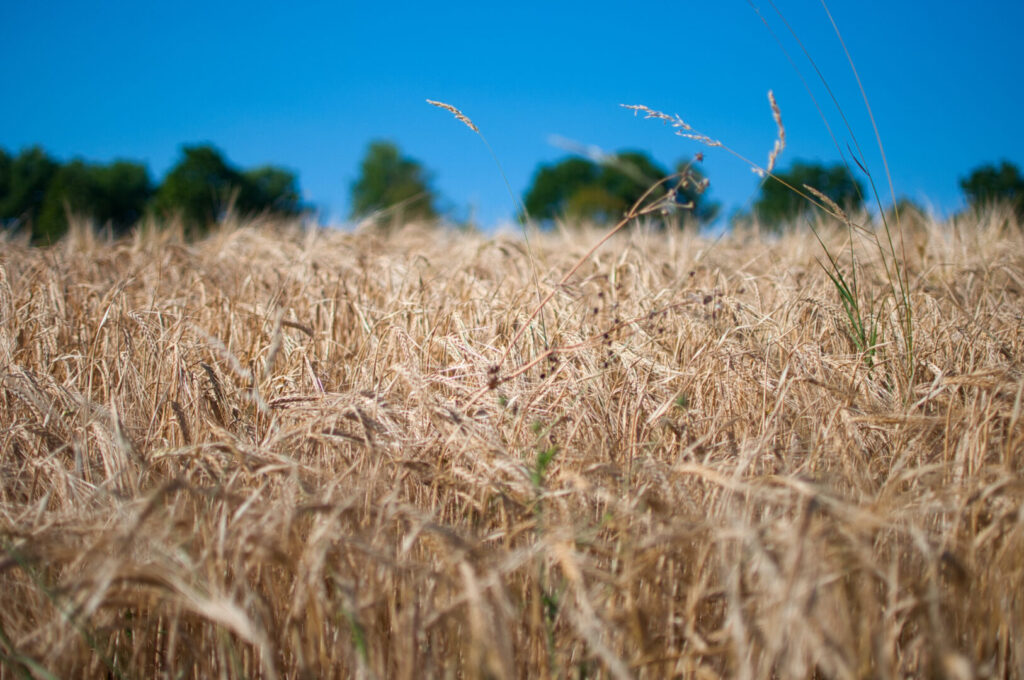With techniques of regenerative agriculture food production is possible while at the same time reducing the greenhouse gas emissionssaid Sieg Snappdirector of the Sustainable Agri-Food Systems (SAS) program at the International Maize and Wheat Improvement Center.
The CIMMyT reported that he is working on a project with the Indian Council of Agricultural Research Institute to establish carbon markets among the small farmers who are betting on the regenerative and climate-smart agriculture.
They are about 2,000 small farmers from Punjab, Haryana and parts of Maharashtra, in IndiaThe project has been signed up to through individual partnership agreements.
Once farmers implement regenerative farming methods, they will be eligible to receive payments for carbon credits generated over 10 to 20 years, provided they continue to use climate-smart practices, explains CIMMYT.
"We believe these efforts can be expanded to other regions of India and other countries. Helping farmers and reducing GHG emissions at the same time is the way forward to address the climate change crisis," notes Sieg Snapp.
In India, agriculture is one of the largest sources of greenhouse gas emissions, accounting for 14 to 21 percent of all greenhouse gas emissions. GEI emissions are attributable to agricultural activities, due to the use of agricultural machinery, rice cultivation, fertilizer use and other activities. Emissions from agriculture are rising dramatically due to synthetic fertilizers and enteric fermentation of livestock.
Participants in voluntary carbon markets will improve their own financial viability through the adoption of sustainable practices and the receipt of payments from carbon markets.
This approach will employ regenerative interventions such as direct dry seeding of rice, minimum tillage, crop diversification, use of biofertilizers and perennial crops, practices that contribute to the overall reduction of emissions.
These interventions by regenerative agriculture will increase and retain soil carbon content, permeability and water retention, resulting in the ability of crops to withstand drought, flooding and temperature stress. Only a small percentage of farmers currently implement these methods in India.
Source: CIMMyT


